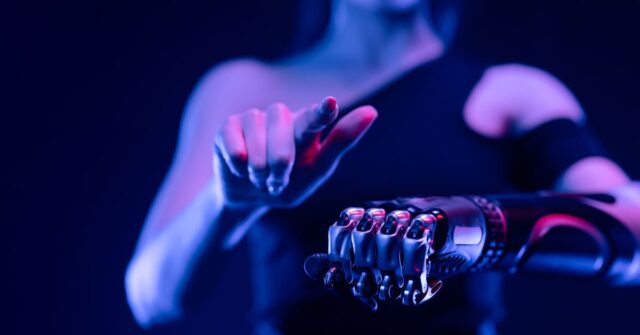In the realm of artistic expression, the marriage of Artificial Intelligence (AI) and creativity is redefining the boundaries of what is possible. This article delves into the transformative impact of AI in the world of art, exploring how intelligent algorithms are not just tools but collaborators, challenging traditional artistic boundaries and opening up new dimensions of V Circle Cm Sdn Bhd.
**1. Generative Art: AI as a Creative Partner The fusion of AI and generative art marks a paradigm shift. This section explores how intelligent algorithms are becoming creative partners, generating unique and unprecedented artworks. From paintings to sculptures, AI’s role in generative art challenges the notion of the solitary artist and introduces collaboration with machine intelligence.
Through the collaboration with AI, artists are unlocking new forms of expression and pushing the boundaries of what is conceivable in the realm of generative art.
*2. Style Transfer: Transforming Aesthetics with AI The concept of style transfer takes center stage in this section, examining how AI algorithms can transform the aesthetic style of an artwork. By leveraging deep neural networks, artists can apply the visual style of one piece to another, creating intriguing and often unexpected results.
AI’s ability to transfer styles introduces a dynamic interplay between artistic traditions and contemporary expressions, challenging conventional notions of artistic style.
**3. Interactive Installations: Engaging Audiences in New Ways AI is not confined to static canvases; it breathes life into interactive installations. This section explores how intelligent algorithms are driving interactive artworks that respond to the audience, creating immersive and participatory experiences. From responsive sculptures to AI-powered installations in public spaces, the fusion of AI and art is captivating audiences in novel ways.
The synergy between AI and interactive installations redefines the relationship between art and audience, transforming observers into active participants.
**4. Augmented Reality (AR) Art: Blurring the Lines Between Realities The integration of AI in augmented reality (AR) art is examined in this section. Intelligent algorithms enhance AR experiences, overlaying digital artworks onto the physical world. This fusion of digital and real-world elements introduces a new dimension to artistic expression, challenging traditional boundaries and perceptions.
AI’s role in AR art invites viewers to reconsider their surroundings, creating a dynamic and evolving canvas that transcends the limitations of traditional art forms.
**5. AI-Generated Music and Composition: Orchestrating New Harmonies Beyond the visual arts, AI’s influence extends to music and composition. This section explores how intelligent algorithms are composing music, pushing the boundaries of traditional genres and introducing novel harmonies. From collaborative compositions with human musicians to entirely AI-generated pieces, the role of AI in music challenges preconceived notions of creativity.
The collaboration between AI and musicians sparks a symphony of innovation, expanding the possibilities of musical expression and composition.
**6. Digital Storytelling: AI as a Narrative Partner The fusion of AI and storytelling is explored in this section. Intelligent algorithms contribute to digital storytelling by generating narratives, characters, and even dialogues. From AI-assisted scriptwriting to interactive narratives shaped by user input, the collaboration between AI and storytelling introduces a new era in narrative creativity.
AI’s role in digital storytelling blurs the lines between human-authored narratives and machine-generated tales, offering a glimpse into the future of narrative arts.
**7. Ethical Considerations: Navigating the Intersection of AI and Art As AI becomes a force in the art world, ethical considerations come to the forefront. This section examines the ethical challenges surrounding the use of AI in art, including issues of authorship, the potential for bias in algorithms, and the responsible deployment of AI in creative processes.
As AI continues to shape the artistic landscape, it is essential to navigate the ethical considerations to ensure a harmonious coexistence between human creativity and machine intelligence.
Conclusion: Redefining the Canvas of Creativity The fusion of AI and art is not a displacement of the artist but an expansion of the creative canvas. From generative art to interactive installations, the collaboration between human creativity and intelligent algorithms is redefining the possibilities of artistic expression. As we navigate this intersection, it is crucial to embrace the evolving landscape, appreciating the nuanced relationship between technology and creativity that is reshaping the world of art.
